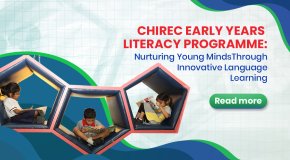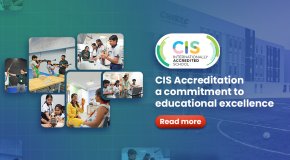The debate over technology in education has reached a critical juncture. As top schools in Hyderabad and across India integrate everything from tablets to AI-powered learning platforms, parents and educators are asking a fundamental question: Is all this technology actually improving education, or are we sacrificing something essential in the process?
Technology has undeniably transformed the educational landscape. Interactive whiteboards replace dusty chalkboards, virtual reality brings historical events to life, and students can access libraries of information with a single click. Many international schools in Hyderabad have embraced these tools, recognising their potential to engage digital-native students in unprecedented ways.
The benefits are compelling. Personalised learning platforms adapt to each student’s pace, ensuring that fast learners aren’t bored while struggling students receive additional support. Collaborative tools enable students to work on projects with peers across continents, preparing them for an increasingly globalized workforce. For IB curriculum schools, which emphasize international-mindedness and inquiry-based learning, technology serves as a natural extension of their educational philosophy.
The Concerning Downsides
However, the picture isn’t entirely rosy. Research suggests that excessive screen time can impact attention spans, sleep patterns, and social development. When students spend hours staring at devices, they miss opportunities for hands-on experimentation, face-to-face collaboration, and the kind of deep thinking that emerges from uninterrupted contemplation.
Some of the best schools in Hyderabad are now grappling with an uncomfortable reality: students who can navigate complex software may struggle with basic handwriting or mental arithmetic. The convenience of spell-check and calculators, while useful, can become crutches that prevent the development of fundamental skills.
There’s also the equity concern. Not all students have equal access to technology at home, creating a digital divide that can widen educational disparities. When homework requires internet access or specific devices, students from lower-income families face additional barriers to success.
Finding the Right Balance
The answer isn’t to abandon technology or embrace it uncritically—it’s about intentional integration. The best international schools in India understand that technology should enhance, not replace, traditional teaching methods. A chemistry lesson might use simulations to visualize molecular structures, but students still need hands-on laboratory experience. History classes might explore digital archives, but critical analysis of primary sources remains essential.
Progressive educators are adopting a “tech-balanced” approach. This means setting boundaries around device usage, incorporating regular digital detox periods, and ensuring that technology serves clear pedagogical goals rather than being used simply because it’s available. Some schools designate tech-free zones or times, recognizing that face-to-face interaction and quiet reflection remain crucial for cognitive and social development.
Preparing Students for Tomorrow
The reality is that today’s students will enter a workforce where technological literacy is non-negotiable. Schools that reject technology entirely risk leaving students unprepared for future careers. However, those that over-rely on digital tools may produce graduates who lack critical soft skills like emotional intelligence, creative problem-solving, and effective communication.
The most successful educational institutions are those that view technology as one tool among many. They teach coding and digital citizenship while also emphasizing art, music, sports, and outdoor education. They use data analytics to track student progress while also trusting teachers’ professional judgment about what students need.
The Verdict
Technology in the classroom is neither universally helpful nor harmful—its impact depends entirely on how it’s implemented. When used thoughtfully by trained educators who understand both its potential and limitations, technology can transform learning experiences. When treated as a replacement for good teaching or human connection, it can do more harm than good.
The schools getting it right recognise that education has always been about more than information delivery. It’s about inspiring curiosity, building character, and developing critical thinking—goals that technology can support but never replace.





